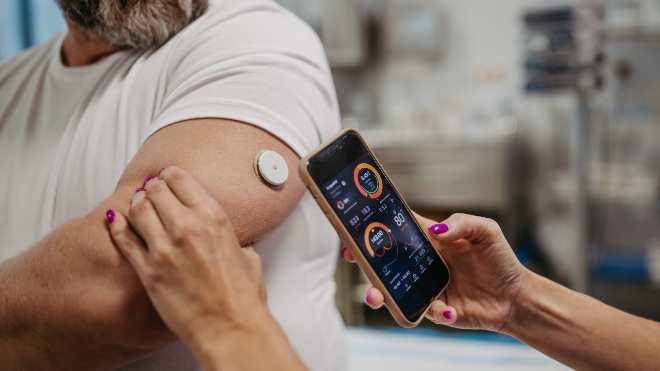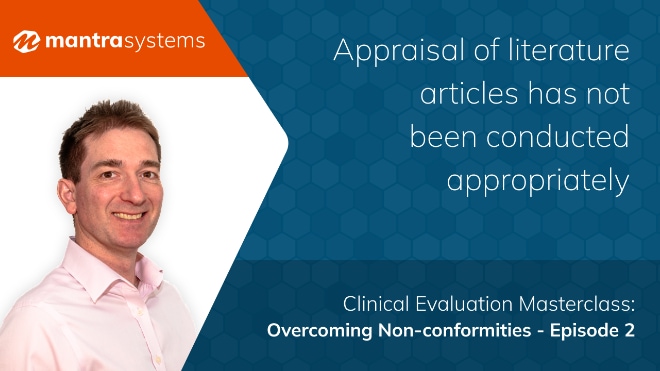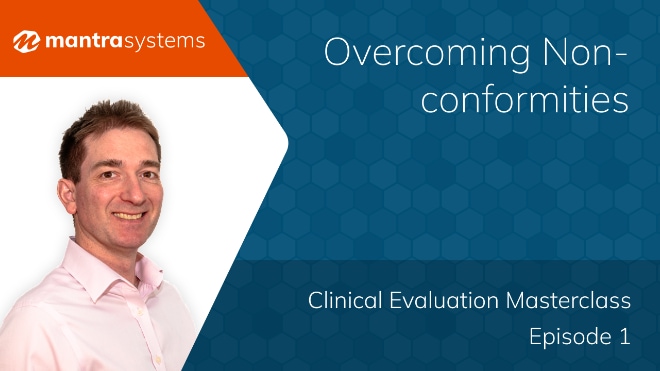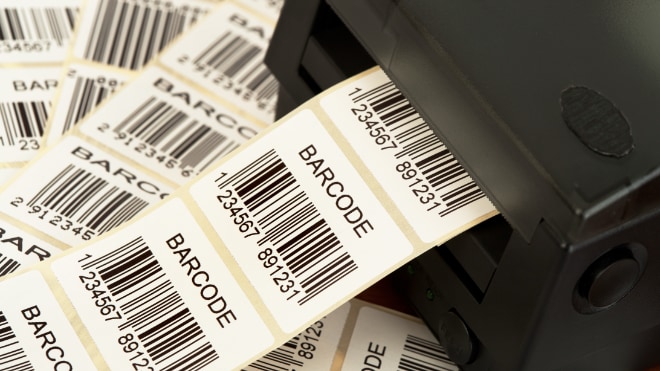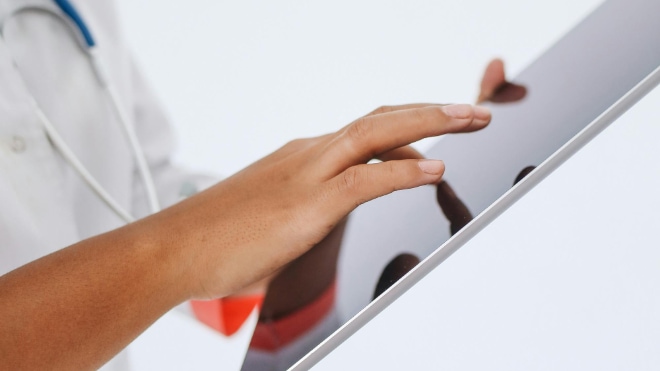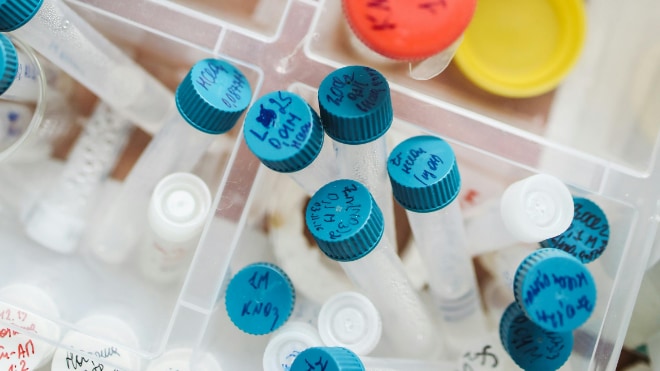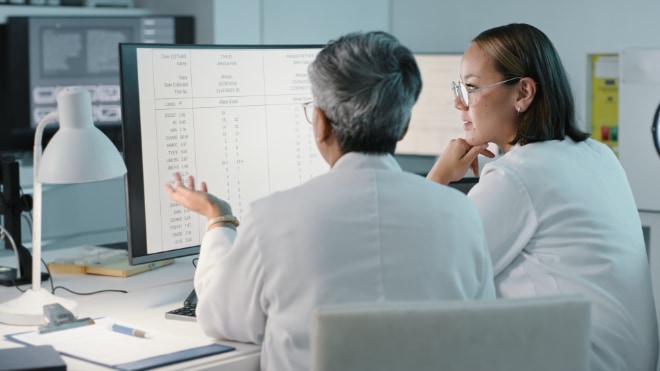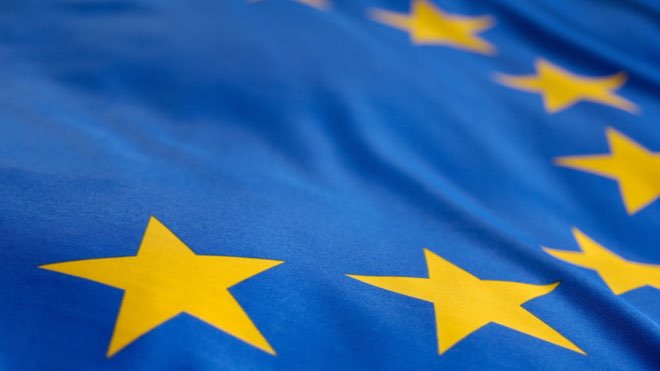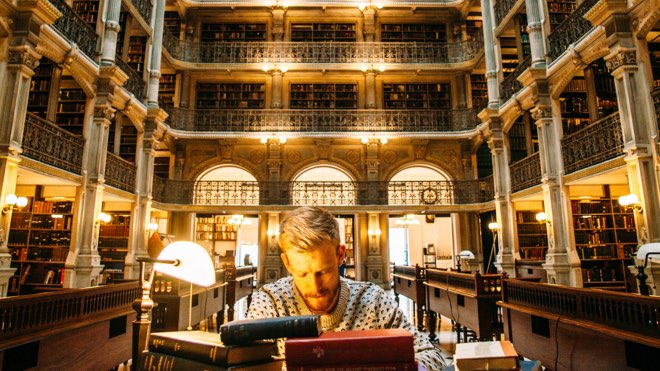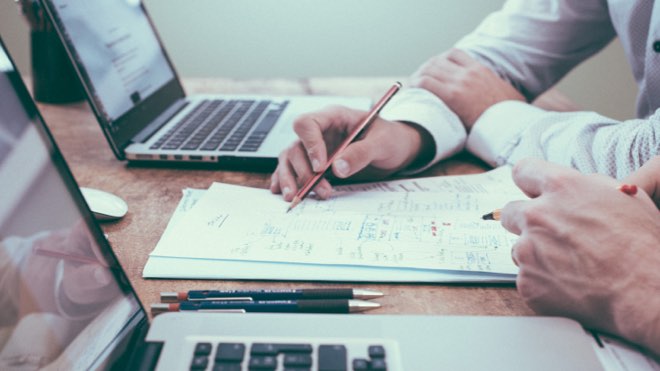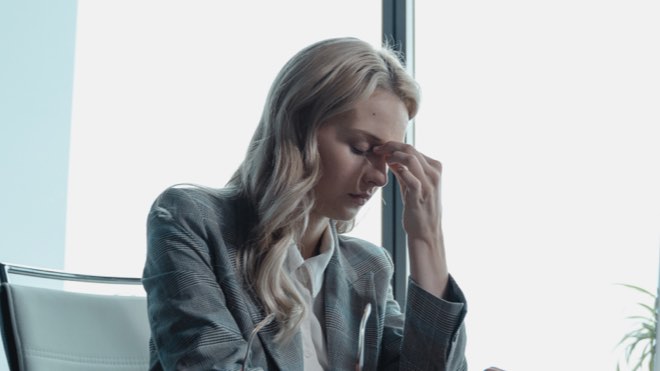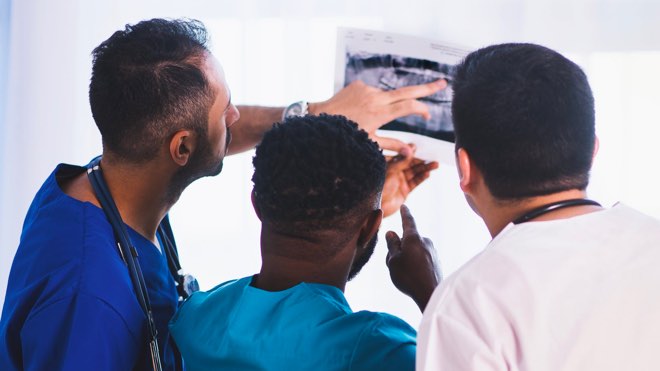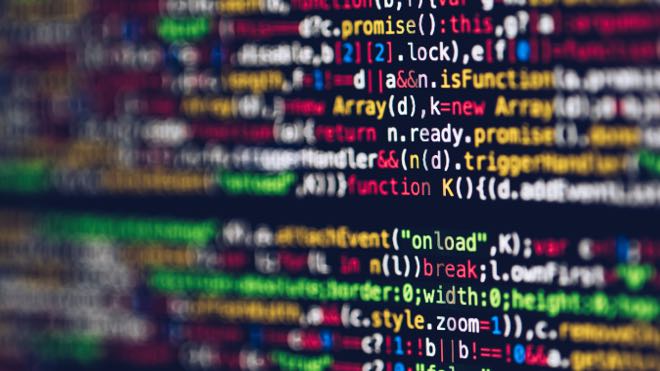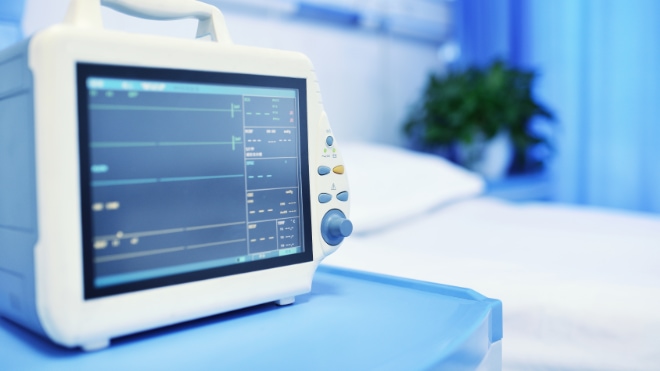
As legacy devices transition to compliance with the new Medical Device Regulation (MDR), manufacturers face the challenge of meeting updated clinical evidence requirements. MDCG 2020-6 offers essential guidance on how to assess and demonstrate sufficient clinical evidence to ensure legacy devices meet MDR General Safety and Performance Requirements (GSPRs).
What constitutes a ‘legacy device’ and what are the clinical evidence requirements?
Legacy devices include all devices previously CE marked under the European Medical Devices Directive 93/42/EEC (MDD) or the Active Implantable Medical Devices Directive 90/385/EEC (AIMDD).
The MDR states that for legacy devices “sufficient” clinical evidence is required to demonstrate conformity with the relevant General Safety and Performance Requirements (GSPRs).
MDCG 2020-6 offers guidance on demonstrating sufficient clinical evidence for legacy devices. It states that both MDD and MDR require the quantity and quality of clinical data to be sufficient to demonstrate safety, performance and the acceptability of the benefit-risk ratio: both the Directives and the MDR require clinical evidence to be robust and the conclusions derived from this evidence to be scientifically valid. The guidance also reports that “the level of clinical evidence required for the device under evaluation needs to be determined by the manufacturer and verified by the notified body. The level of clinical evidence shall be appropriate in view of the characteristics of the device and its intended purpose.”
Clinical evaluation for legacy devices
The clinical evaluation process under EU MDR 2017/745 requires clinical data to:
- Demonstrate conformity with the applicable GSPRs set out in MDR Annex I under the normal conditions of the intended use of the device
- Assess undesirable side effects and the acceptability of the benefit-risk ratio.
For legacy devices, the MDR clinical evaluation process relies on post-market clinical data and clinical data generated during conformity assessments under MDD/AIMDD. Devices previously CE marked under MDD/AIMDD are expected to have continuously collected evidence in line with evolving regulatory requirements and guidance. However, MDCG 2020-6 clarifies that clinical data from conformity assessments under the MDD may not necessarily provide sufficient clinical evidence to meet MDR requirements. Therefore, manufacturers should assess whether additional evidence is needed to comply with MDR standards.
Sections of the MEDDEV 2.7/1 rev. 4 that remain relevant under the MDR are listed in Appendix I of the document. Additionally, if clinical data from an equivalent device has been used, manufacturers must verify that these devices still meet the MDR’s equivalence criteria.
During the transitional period, legacy devices are not exempt from the MDR’s additional requirements, including those related to Post-Market Surveillance (PMS) and Post-Market Clinical Follow-Up (PMCF).
How can MDCG 2020-6 help with the MDR conformity assessment?
MDCG 2020-6 provides guidance on establishing or updating a Clinical Evaluation Plan for legacy devices; the minimum content for the Clinical Evaluation Plan is described in Appendix II of the guidance document.
Guidance is also described for the identification of available clinical data including pre-market and post-market sources, appraisal of the clinical data with respect to the overall clinical evaluation, generation of new clinical data to bridge gaps and analysis of the clinical data to demonstrate conformity with relevant GSPRs.
A list of the suggested hierarchy of clinical evidence is documented in Appendix III of MDCG 2020-6, ranked from strongest to weakest level of evidence.
Listed as number 1 are “results of high-quality clinical investigations covering all device variants, indications, patient populations, duration of treatment etc”; however, it is acknowledged that clinical investigations may not be feasible or necessary for legacy devices with a wide range of indications.
When must my legacy device conform to the updated MDR assessment?
Under the timelines established by the MDR, the deadline for manufacturers to apply to a Notified Body for a conformity assessment and to have a compliant Quality Management System (QMS) in place was 26 May 2021. Additionally, manufacturers were required to have a formal, written agreement with the Notified Body by 26 September 2024.
Transition deadlines for legacy devices depend on their classification:
- For Class III custom-made implantable devices, the deadline for full MDR compliance is 26 May 2026.
- For Class III and Class IIb implantable devices that are non-WET (Well-Established Technologies), the deadline for MDR compliance is 31 December 2027.
- For all other Class IIb, Class IIa, Class Is, and Class Im devices, the deadline for MDR compliance is 31 December 2028.
The recent release of MDCG 2021-25 Rev. 1 provides crucial insights into applying MDR requirements to ‘legacy’ and ‘old’ devices in light of the extended transitional period from MDD to MDR.
If you need to speak to an expert to understand more about potential need for clinical evidence for a legacy device, contact us to arrange a free, no obligation discussion.








